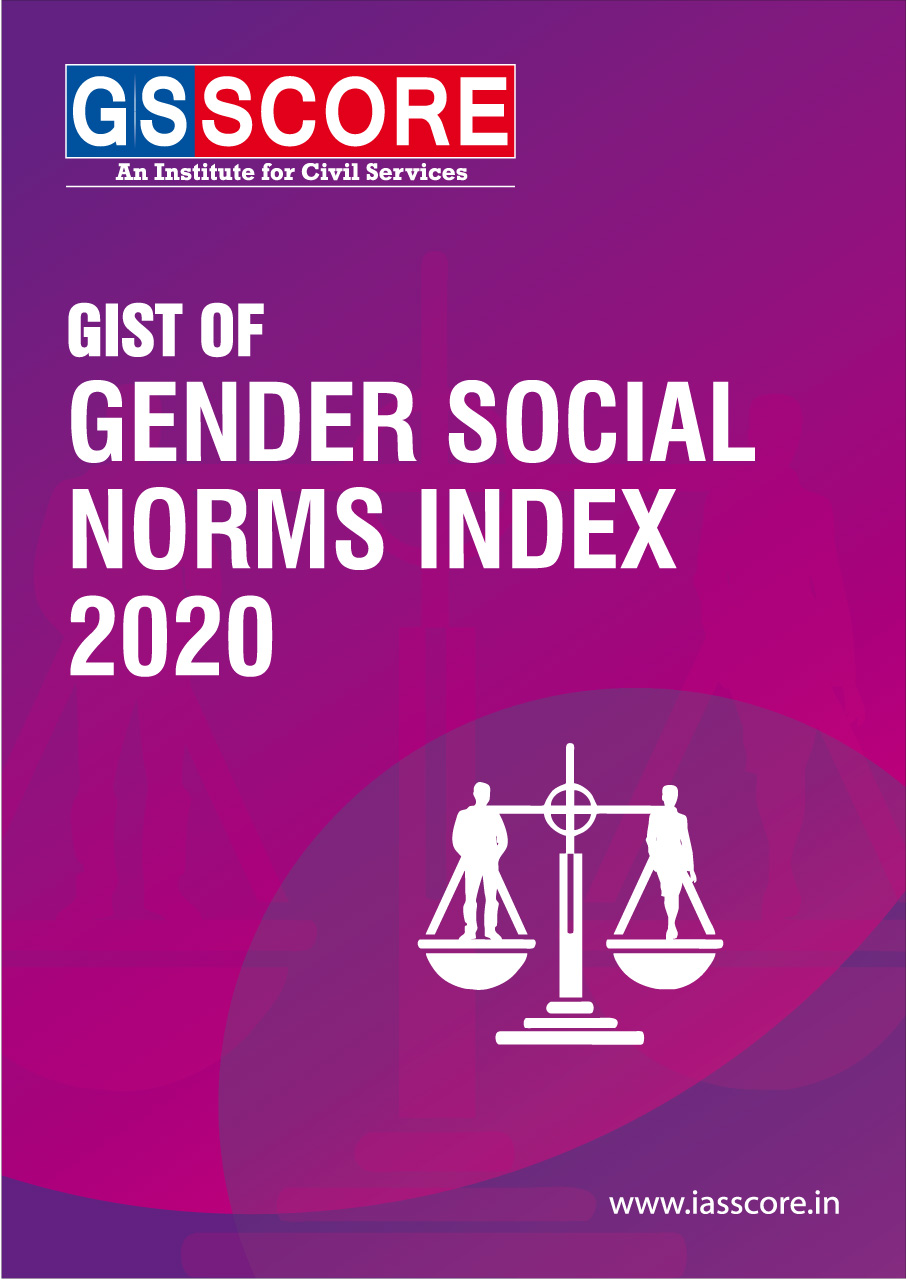


UPSC Exam is all about proper strategy, dedication and consistent endeavour in the right direction with authentic and reliable study material. Government and renowned international reports form a very important source for grasping the conceptual clarity of contemporary national and international issues/topics. However, it is a daunting task to comprehend a report that runs through hundreds of pages. It becomes difficult for the students in time crunch situations particularly during UPSC Mains Examinations.
In order to ease the burden over aspirants, GSSCORE has come up with a series of summary of important national and international reports in a crisp and comprehensive manner. Underlining the importance of reports and indexes for PT and Mains, GSSCORE provides a comprehensive summary of important reports of national and international repute. The summary of the report by GSSCORE would save the time and energy of the UPSC aspirants and enable them to quickly cover the syllabus.
- The following summary of the report titled “UNDP Gender Social Norms Index (GSNI) 2020” is in one among the series of summaries created by GSSCORE on various reports.
The report gives us a brief idea on The backdrop against which this report was necessitated, Social movements across the world, Gender progress made in past century, Lacunaes that remain in situation of women, Faster progress made in basic capabilities in comparison to enhanced capabilities, Reasons for slow progress in attaining gender equality, Working of social norms and power imbalances, Determining the nature of social norms, Components and measurement of Gender Social Norms Index (GSNI), Results from GSNI 2020 study, Restricted choices that women face as identified in a life-cycle approach, Need for attaining gender equality, Policy actions to address gender related social norms and Way forward imperative for UPSC aspirants.
Related Articles

